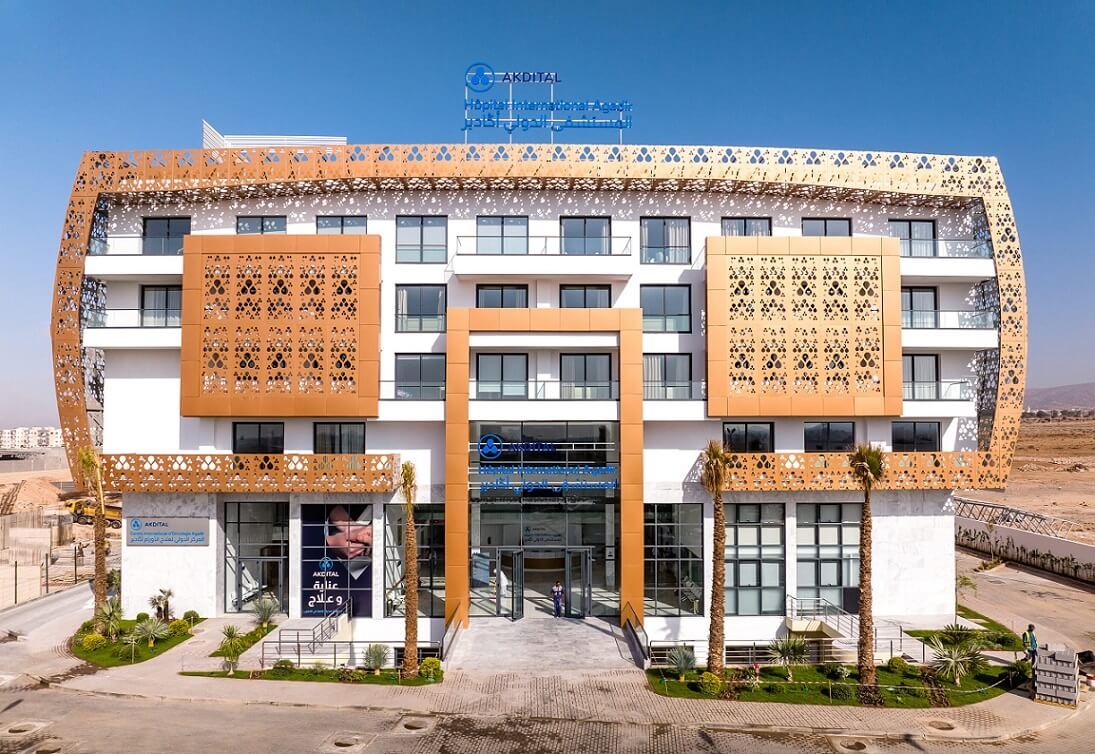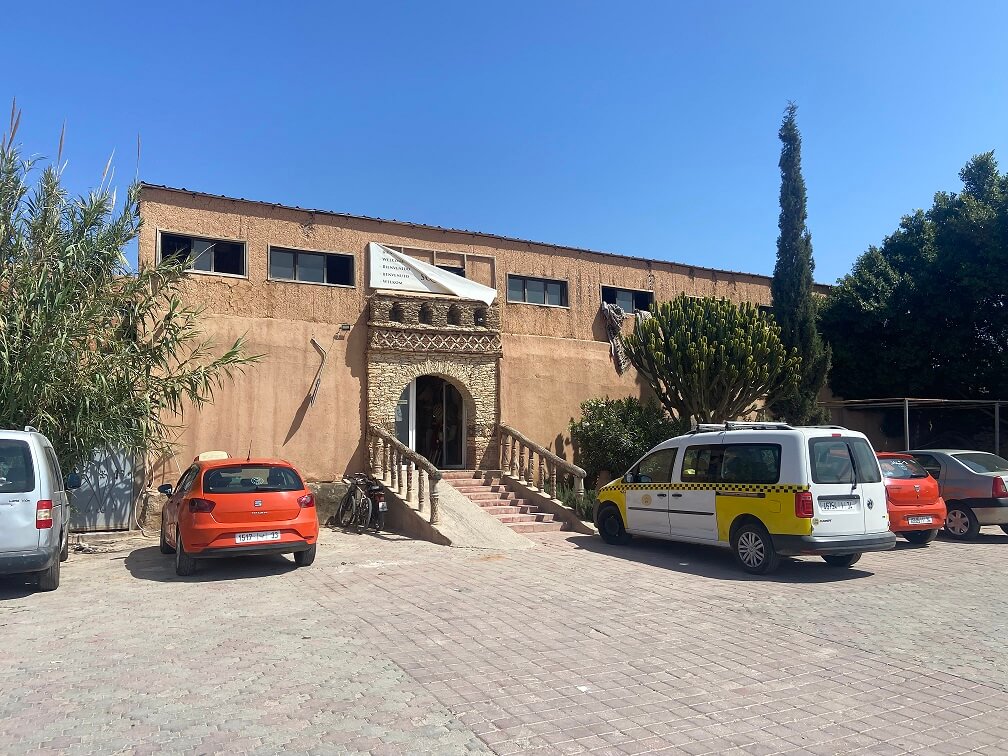Amazigh culture

The Berber culture, or the Amazigh as it’s also known, is an ancient and intriguing one. It has had a profound effect on Morocco’s history and identity. Predating the advent of Arabs and the spread of Islam. This culture has managed to endure, preserving its unique identity and rich cultural heritage despite attempts at assimilation and foreign control.
It is now an integral part of what it means to be Moroccan and is celebrated across the country. There are numerous festivals, museums, and cultural events that pay homage to its rich history and diversity. In this article, we’ll explore the intricacies of the Amazigh culture and its pivotal role in Morocco’s history.
Origins and history of Berber culture:
Berber culture is one of the oldest and richest cultures in the world. It dates back thousands of years and has undergone a remarkable evolution over the centuries. However, the origins of this culture are rather vague. Archaeological and anthropological research has shown that this culture has deep roots in the African continent.
The Berbers are the indigenous people of North Africa. They are considered the first bearers of the Amazigh culture. Over time, this culture has been influenced by external cultures, including Arab and European. Despite this, the Berbers have managed to preserve their language, traditions, and customs, allowing this culture to continue to exist and thrive to this day.
Throughout history, Amazigh culture has experienced periods of glory and decline. It has often been tested by various invasions and colonizations that North Africa has undergone. Nonetheless, it has resisted all these trials and continued to develop, becoming one of the most significant cultures in the region.
Today, Amazigh culture is very present in the daily lives of people in Morocco and other North African countries. It is at the origin of many traditions and cultural practices, particularly in crafts, music, cuisine, and festivals.
Specifics of Amazigh culture :
Amazigh culture is a rich and diverse culture, with many unique characteristics. First, the Amazigh language is a key element of the culture. It has several dialects spoken throughout Morocco and other North African countries. Their music is also very popular, with distinctive rhythms and melodies reflecting Berber, Arab, and African influences.
Berber cuisine is also highly appreciated for its richness and variety. It includes traditional dishes like tajine, couscous, rfissa, or tanjia. All these dishes are prepared with local ingredients and flavorful spices.
Finally, religion is also an important element of Amazigh culture.
The Berbers have a long history of beliefs and religious practices, which have evolved over the centuries according to their historical and geographical context.
Today, most Amazighs are Muslims, but some continue to practice forms of pre-Islamic and animist beliefs. This religious diversity reflects the richness and complexity of this culture. The Berbers and their culture continue to fascinate and inspire people around the world.
Major festivals and events :
Major festivals and events of Amazigh culture have become must-see celebrations of Moroccan culture. They reflect the richness and diversity of Amazigh culture across the country’s different regions.

Dance is another important aspect of Amazigh culture. Traditional dances like the ahwach, souss, or zayane, are often associated with cultural and social events.
Amazigh art is also manifested in various ways such as painting, sculpture, and architecture. Amazigh patterns and symbols are often present in fabrics, jewelry, and decorations. They are highly appreciated for their beauty and cultural significance.
The Festival of Sacred Music in Fez also celebrates Amazigh culture, highlighting spiritual music and Sufi poetry. Amazigh artists regularly participate.
The International Festival of Amazigh Film in Tiznit is another significant cultural event that features films made by Amazigh filmmakers.
Other significant events include the Amazigh New Year’s celebration (Yennayer) in January, and the harvest festival (Tafaska), which takes place in summer in certain regions of Morocco.
These festivals and events provide Moroccans with an opportunity to celebrate Amazigh culture, discover new forms of art and music, and strengthen their cultural identity.
The place of Berber culture in Moroccan society :
Berber culture holds a significant place in Moroccan society. It is an integral part of Morocco’s history and identity and a source of pride for Moroccans. This culture has been present in the Maghreb region for thousands of years, influenced by cultures such as Phoenician, Roman, and Arab.
Today, the Amazigh language is the second most spoken language in Morocco after Arabic. Amazigh music and dance are also very popular throughout the country, with different styles depending on the regions. Likewise, Amazigh crafts are very rich and varied, with different techniques and styles depending on the regions.
Amazigh cuisine is also highly appreciated and represents a significant part of Moroccan cuisine. Traditional dishes such as couscous and tajine can be found, as well as amlou, a paste made from almonds, argan oil, and honey.
Religion also plays an important role in Amazigh culture. Their ancient practices and beliefs have persisted despite the advent of Islam. The Amazigh people continue to practice rituals and celebrations related to their culture and history.
Finally, Amazigh culture is celebrated annually during numerous festivals and events across Morocco. Among the most important are the Timitar Festival in Agadir, which showcases Amazigh and African music, and the Almond Festival in Tafraout, which celebrates the beauty of the region and local traditions.
In sum, this culture is an essential part of Moroccan identity, with characteristics that have influenced Moroccan society as a whole. It continues to be celebrated and evolve, being a source of pride for Moroccans.
The preservation of the Amazigh culture :
The Amazigh culture, although it is rooted in Morocco’s history and tradition, has long been neglected and even oppressed. However, in recent years, initiatives have been put in place to preserve and promote this rich and diverse culture.
The Moroccan government has taken steps to protect and promote Amazigh culture, including introducing the teaching of the Amazigh language in schools and recognizing the Amazigh New Year, called Yennayer, as a national holiday.
Associations and civil society groups have also played a significant role in preserving Amazigh culture. They have organized festivals, exhibitions, and other events to celebrate Amazigh culture and traditions and raise public awareness about the importance of this culture.
Amazigh culture museum
Amazigh crafts, a key element of the culture, have also been promoted through projects aimed at supporting local artisans and developing tourist routes for visitors interested in Amazigh crafts.
The preservation of Amazigh culture is crucial for the preservation of Morocco’s history and identity. Ongoing initiatives are a significant step to ensure this culture continues to be celebrated and shared for generations to come.
Conclusion :
Amazigh culture is a key element of Moroccan identity. We have seen in this article that Amazigh culture has ancient origins and a rich history. This culture is characterized by unique features. (The Amazigh language, music, dance, art, cuisine, crafts, and religion.). Important festivals and events of the Amazigh culture have a significant place in Morocco’s cultural life. Furthermore, has a significant influence on Moroccan culture as a whole.
Despite the challenges it faces, Amazigh culture is precious and deserves to be preserved and promoted. Initiatives are in place to safeguard this culture. Like the teaching of the Amazigh language and the promotion of Amazigh arts and traditions.
In conclusion, Amazigh culture is a fundamental element of Moroccan identity. By understanding and celebrating this culture, we are able to better appreciate the richness and diversity of Morocco.







